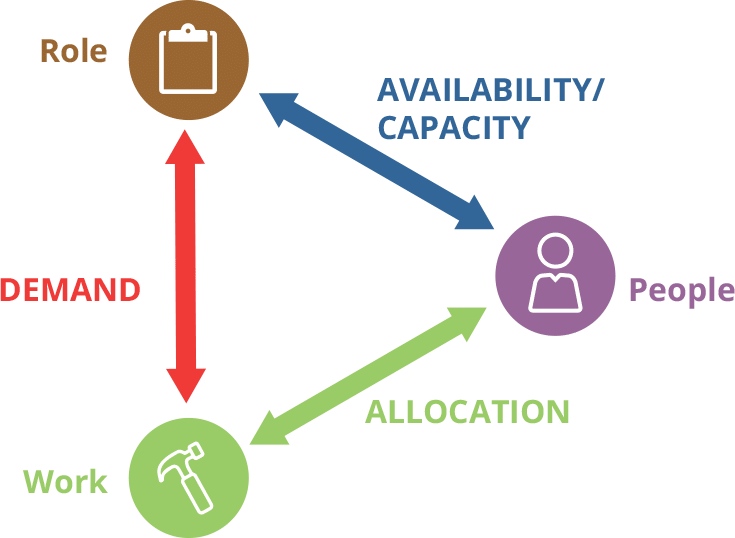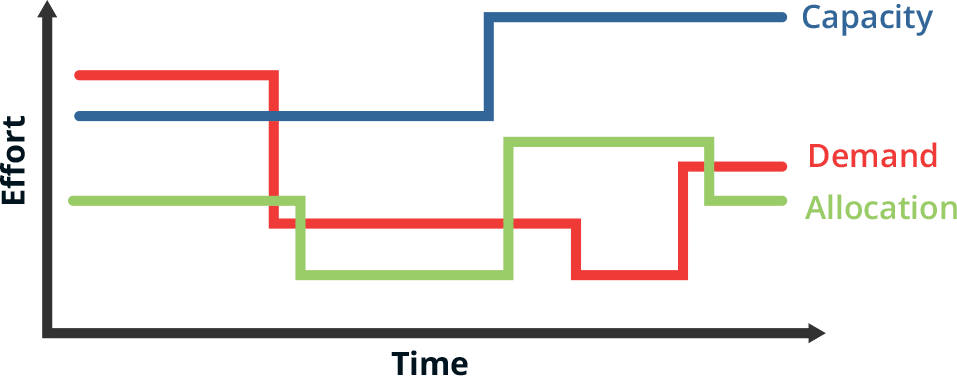EFFORT EXPLAINED
The types of information used to manage workforces and outcomes is infinite. The methods for workforce management vary from intuitive judgement to sophisticate algorithms. Workforces can be scheduled, activity-based or position-based. Workforce information, method and type have one thing in common – they manage human effort.
Forecasting the number of people an organisation will need, have and use translates into Effort Profiles called Demand, Capacity and Allocation.
‘Effort’ has many definitions. For workforce management a suitable definition is:
“the amount of exertion expended for a specified purpose”.
www.dictionary.com
Effort has a number of characteristics. Effort is:
- quantifiable – measurable and can drive analysis
- timeless – does not refer to, or is restricted by, a particular time period (even though expressed in units of time like hours, days, weeks)
- intertwined with period duration and attendance
- exists in the past, present and future
- applicable to Roles and Resources
Organisations that know how many people they need, have and use – know their workforces’ three Effort Profiles called Demand, Capacity and Allocation.
Each Effort Type describes the relationship between Work, Roles and Resources.

FIGURE 1: Effort – Relationship between Work, People and Roles called DEMAND, CAPACITY, ALLOCATION

FIGURE 2: Effort Profiles
Organisations can produce these profiles using ResroACT, or based on proprietary workforce management tools Kronos, MS Project, Oracle P6 , Aspect, or many others, supplemented with their Human Capital Management (HCM) or Customer Relationship Management (CRM) system, or even spreadsheets.
Effort Profiles are the primary information that drive the Effort Management Theorem. When Demand, Capacity and Allocation are compared with each other, we can numerically predict Forecast Outcomes. Forecast Outcomes drive Advanced Effort Management so we can forecast performance (outcomes and inefficiencies), report at all levels and recommend interventions that optimise your workforce.
Read more about Effort Management…
Resro.OPT analysis uses AEM
for optimising
all your workforces
Learn more about Resro.OPT
Resro.ACT software uses EMT
for balancing people + work
in activity based enterprises
Learn more about Resro.ACT
